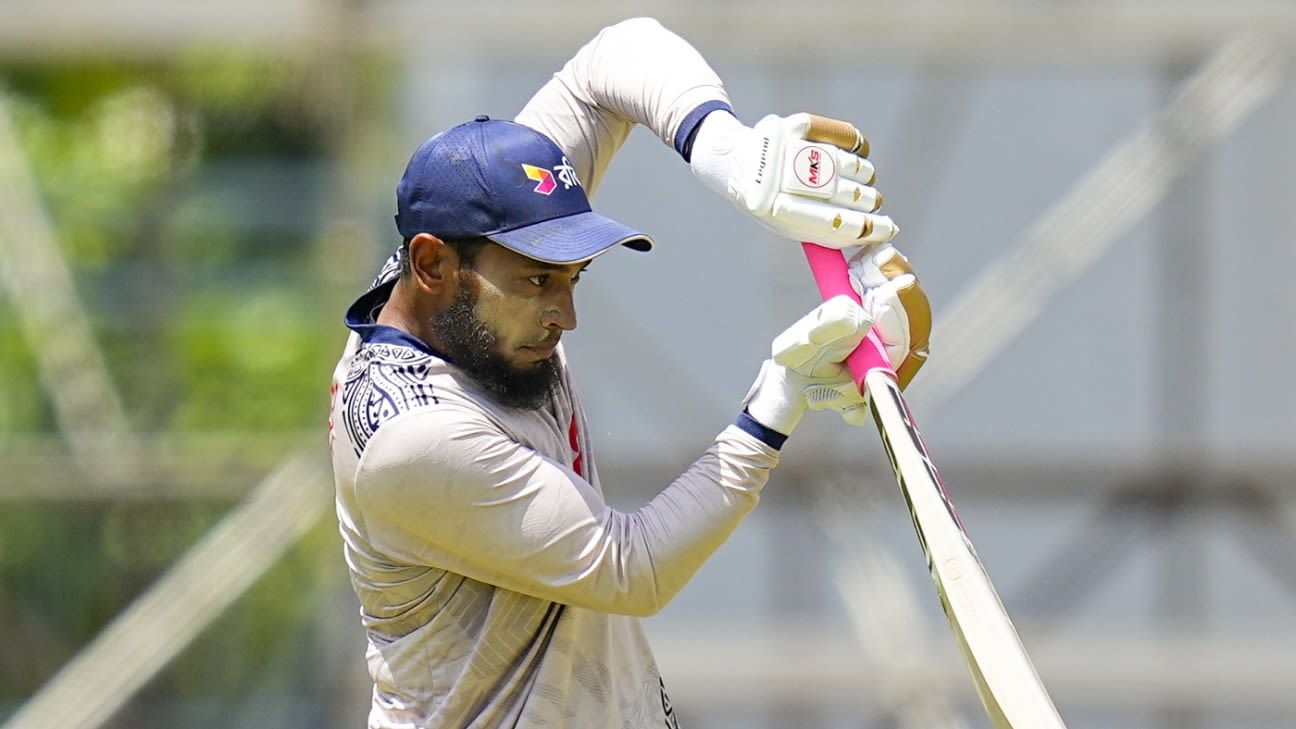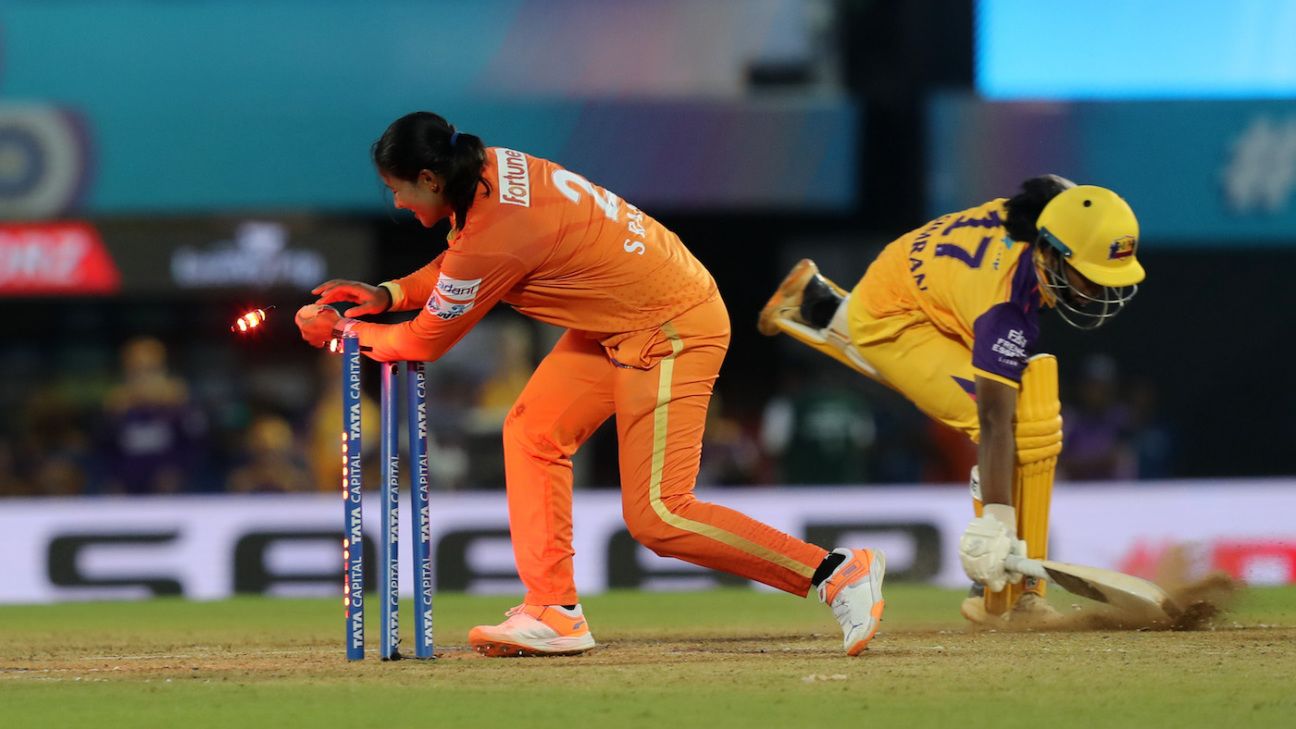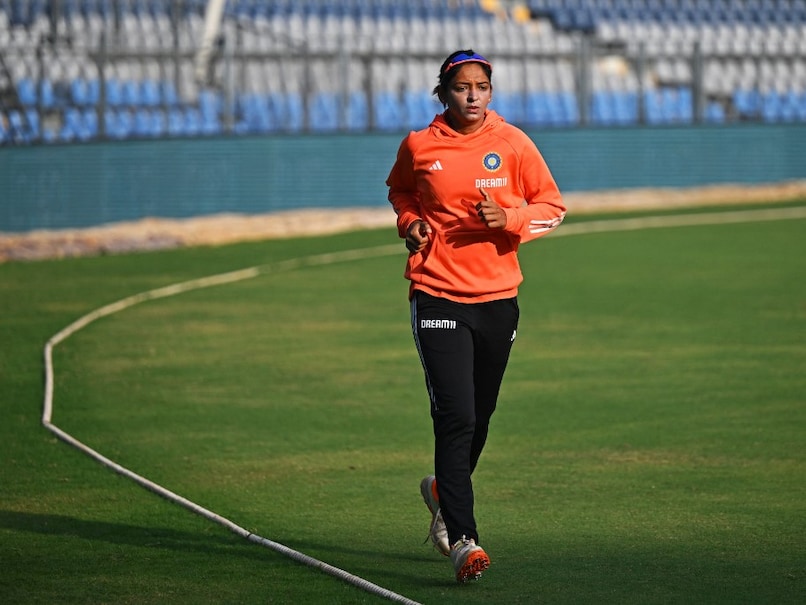Bangladesh’s bowling landscape is undergoing a significant transformation, with two young quicks, Hasan Mahmud and Nahid Rana, leading the charge. After their impressive performance against Pakistan, they have continued to impress in the ongoing Test series against India.
Mahmud, with his lively pace and exceptional seam position, has emerged as a wicket-taking threat. On the opening day of the first Test in Chennai, he claimed the prized scalps of Virat Kohli, Rohit Sharma, Shubman Gill, and Rishabh Pant. Rana, on the other hand, has used his raw pace to unsettle the Indian batters, including Yashasvi Jaiswal, whom he forced into an edge with a 148 kmph delivery.
This shift towards pace bowling in Bangladesh is a deliberate strategy, according to former pacer Alamgir Kabir, who mentors both Mahmud and Rana. “We have been trying to find genuine fast bowlers for some time now,” he said. “If you want to be a successful cricketing nation, you need world-class fast bowlers.”
Kabir credits Bangladesh’s robust grassroots system for the emergence of these talented pacers. “We have a strong system where coaches and talent spotters are committed to their work,” he said. “There are many talented kids playing tape-ball and tennis ball cricket who need the right encouragement.”
Former India batter Sridharan Sriram, who has coached Bangladesh in the past, cautioned that the young pacers need to sustain their performance. “They are talented, but the challenge is to grow into the role,” he said. “Hopefully, they will have the right support.”
Head coach Chandika Hathurusingha believes that the pace bowlers bring a “fear factor” to the opposition. “When a bowler comes up to 150 kmph, it challenges your reaction time and decision making,” he said.
The rise of Mahmud, Rana, and other young pacers is gradually changing the perception of Bangladesh’s bowling unit. They are adding a new dimension to the team, complementing the traditional strength of left-arm spinners.






